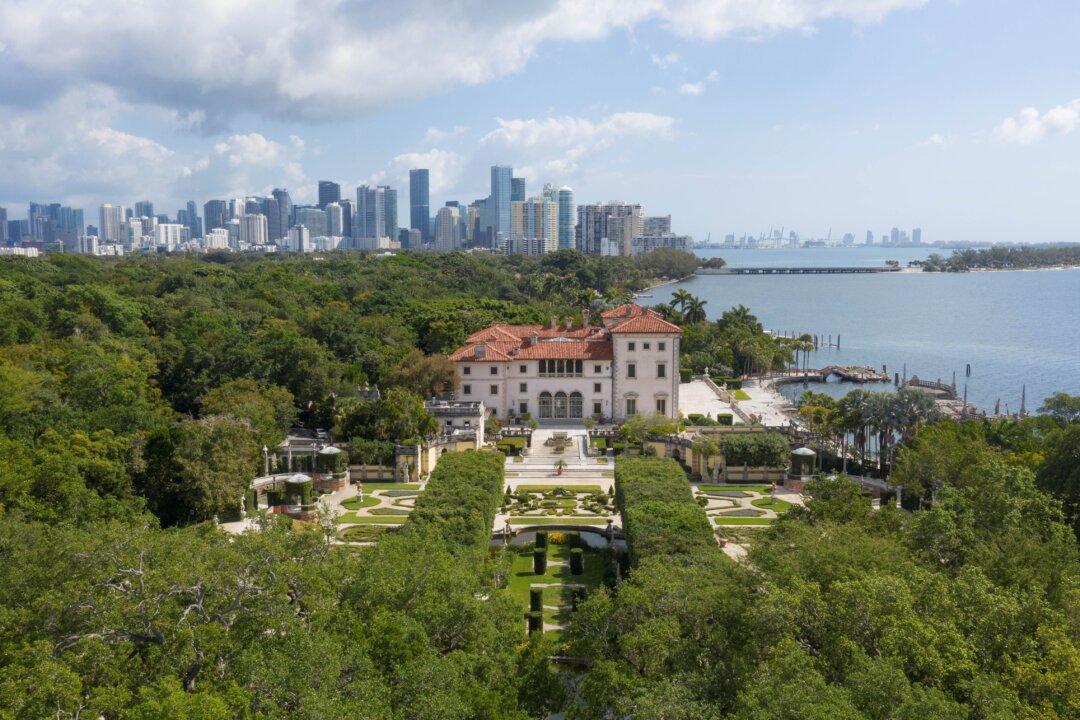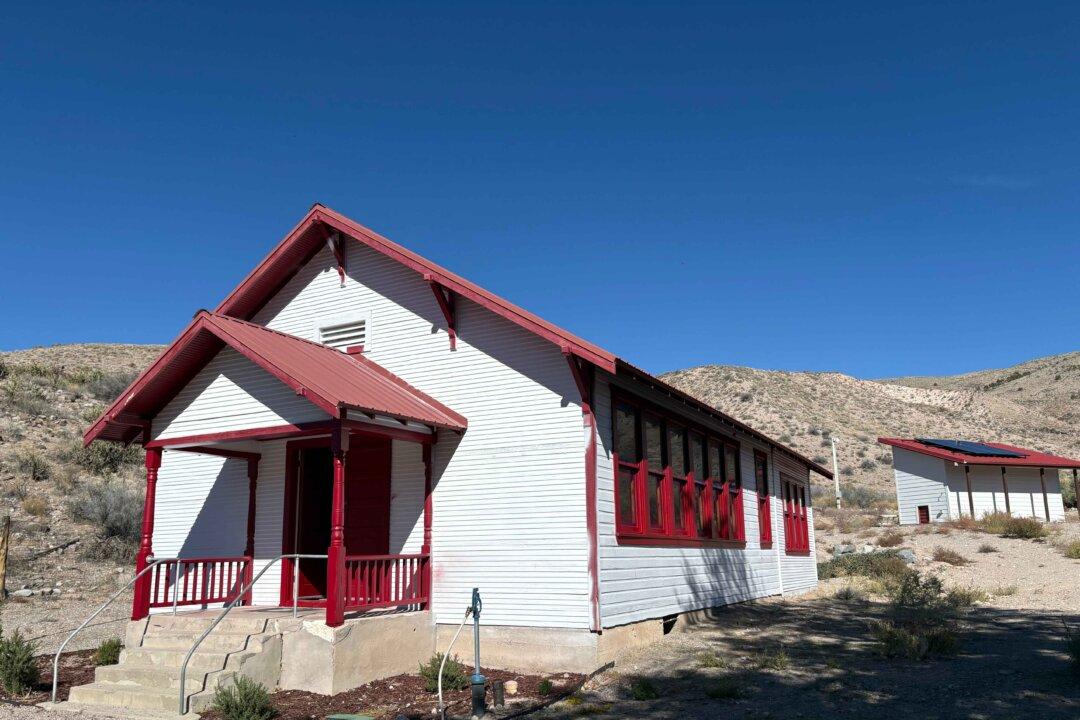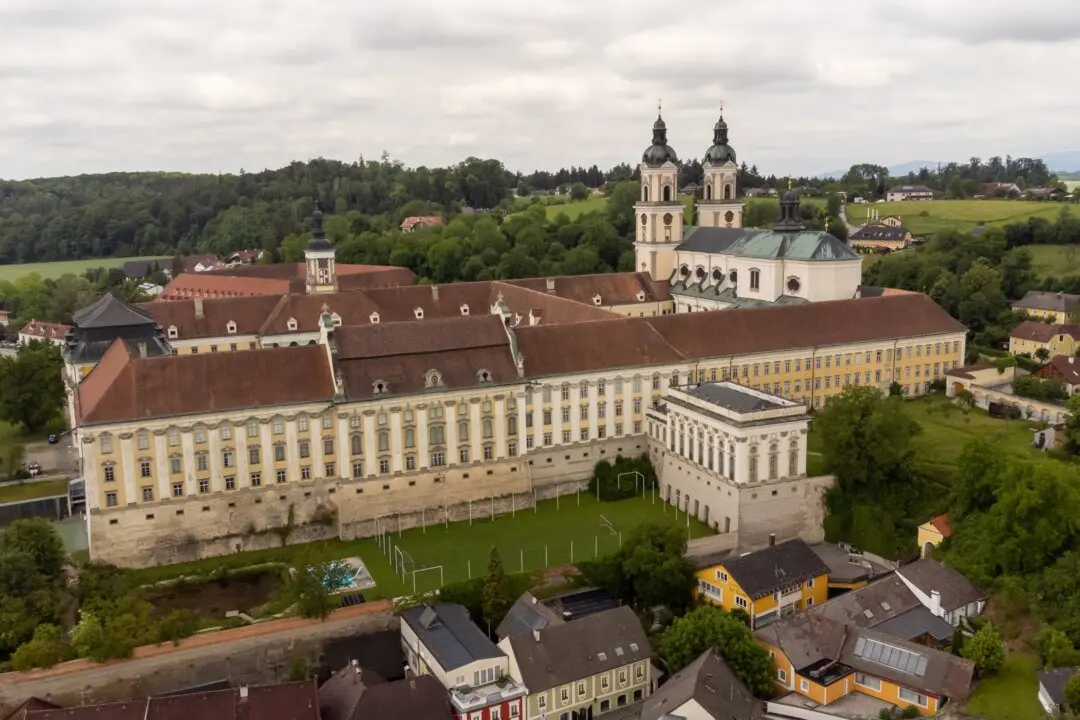The modern skyline of Miami is less than three miles away, yet its contrast with the classical beauty of Vizcaya could not be greater. This classical home was built between 1914 and 1922 for industrialist James Deering (1859–1925) on the shores of Biscayne Bay. Deering chose Francis Burrall Hoffman, Jr., who had attended the École des Beaux-Arts in Paris, to plan the overall architecture.
The 45,225-square-foot home (almost 10 times the size of a professional basketball court) incorporates Deering’s design ideas and elements that he acquired in Europe, especially from the 18th-century country estates in the Veneto region of northern Italy.





